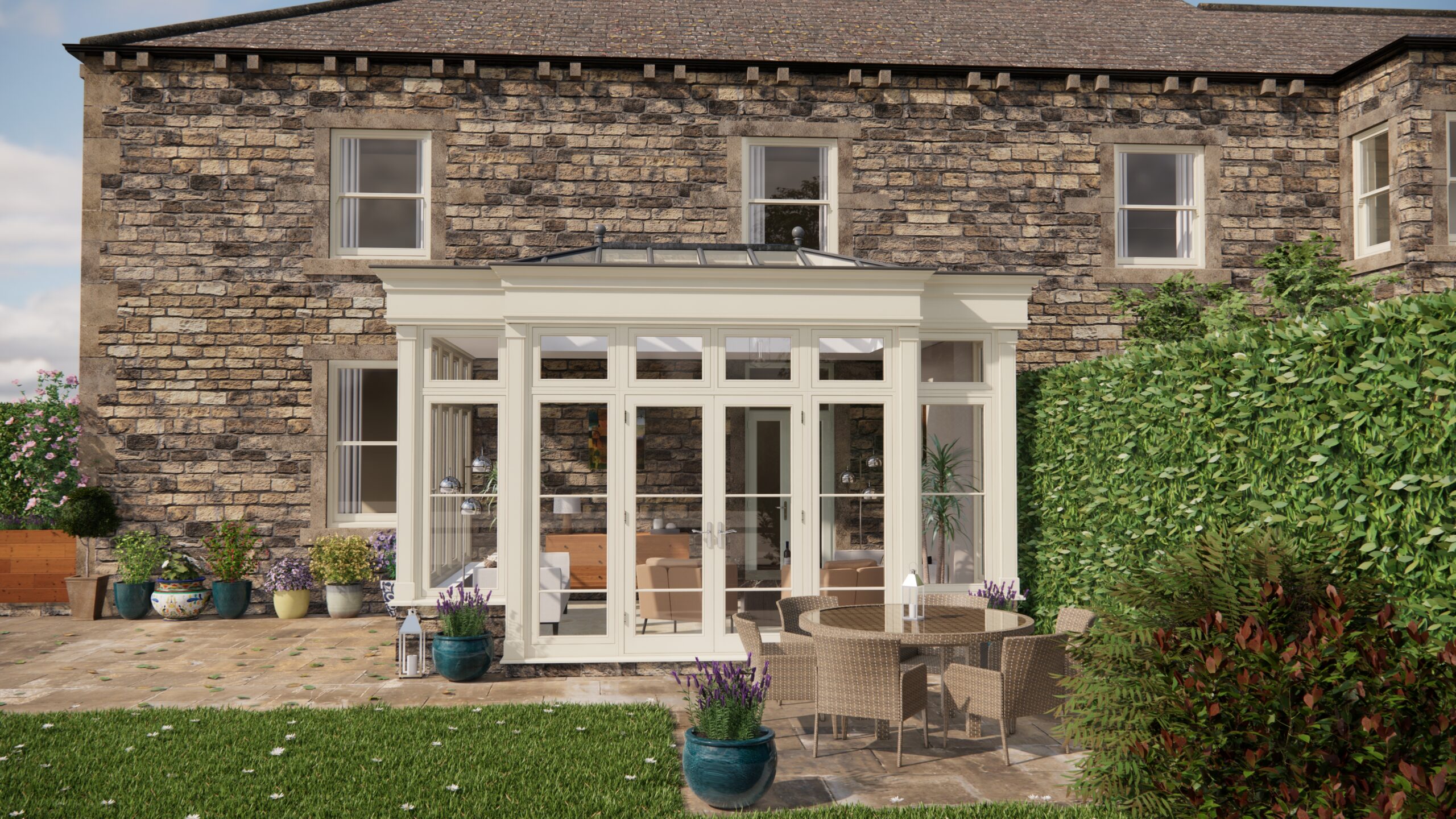A garden sanctuary isn’t just for summer, is it? That’s always been my mantra. And ever since adding an orangery, I’ve been obsessed with extending that garden-connected feeling right through winter. I was just chatting with my friend Aidan about the best ways to keep an orangery warm, and I thought I’d share our conversation – it might help you too!
We were discussing an article I’d read, “Winter Warmth: Heating Solutions for Your UK Orangery”, which broke down various options, focusing on efficiency, cost, and that all-important environmental impact. Aidan’s been researching this for ages, as he’s thinking about building one himself.
First, we tackled underfloor heating. The article mentioned it was brilliant for consistent warmth, spreading heat evenly from the ground up. Aidan liked the idea of walking barefoot on warm tiles, even in January! I can see the appeal. Plus, the article highlighted that it works well at lower temperatures compared to radiators, which can potentially save energy. The initial cost, however, is definitely higher, as you need to install it during the orangery build or a major renovation. That’s something to seriously consider. You need to factor in the cost of the system itself, the installation, and running costs. Underfloor heating can be electric or water-based, so the choice depends on your current heating system and budget.
Next up were electric heaters. The article covered a few types – portable heaters, wall-mounted electric radiators, and even infrared heaters. Aidan was particularly interested in the infrared options. The article explained that they directly heat objects and people, rather than the air, making them more efficient in some situations. The main advantage is the ease of installation and lower upfront cost. You can literally plug them in and go! However, running costs can be higher than other options, especially if you need to heat the entire orangery for extended periods. The key here is to choose a heater with a thermostat and timer to control the temperature and reduce energy consumption.
Then, the potentially controversial option: wood-burning stoves. We both love the idea of a crackling fire in the orangery – so cosy! But the article rightly pointed out the environmental impact. Modern stoves are much cleaner than older models, but still produce emissions. You’d need to ensure it’s DEFRA-approved for smoke control areas and installed by a qualified professional. Plus, you’ve got the cost and effort of sourcing and storing wood. It definitely adds a certain ambience, but the practicality and environmental considerations need careful evaluation. The article suggested looking at stoves that burn wood efficiently, minimizing the amount of fuel needed to heat the space.
Renewable energy sources were also discussed, of course. The article recommended considering solar panels to power electric heating or a ground source heat pump for underfloor heating. These options have a higher initial investment, but the long-term savings and environmental benefits are significant. Aidan was particularly interested in exploring government grants and incentives for renewable energy installations.
The article also gave some great advice about choosing the right solution based on orangery size and use. If you only use your orangery occasionally, electric heaters might be the most practical and cost-effective option. For regular use, underfloor heating or a more efficient heating system linked to renewable energy sources might be a better long-term investment. And don’t forget about insulation! Good insulation is crucial for any heating system to work efficiently.
What I learned from Aidan, and from reviewing the article, is that there’s no single “best” solution. It all comes down to individual needs, budget, and priorities. The key is to thoroughly research all the options, get professional advice, and consider both the upfront costs and the long-term running costs. A warm and inviting orangery makes all the difference to enjoying your garden views year round, so it’s worth taking the time to get the heating right! It’s really about extending your enjoyment of your garden, even when the weather outside is less than inspiring.


